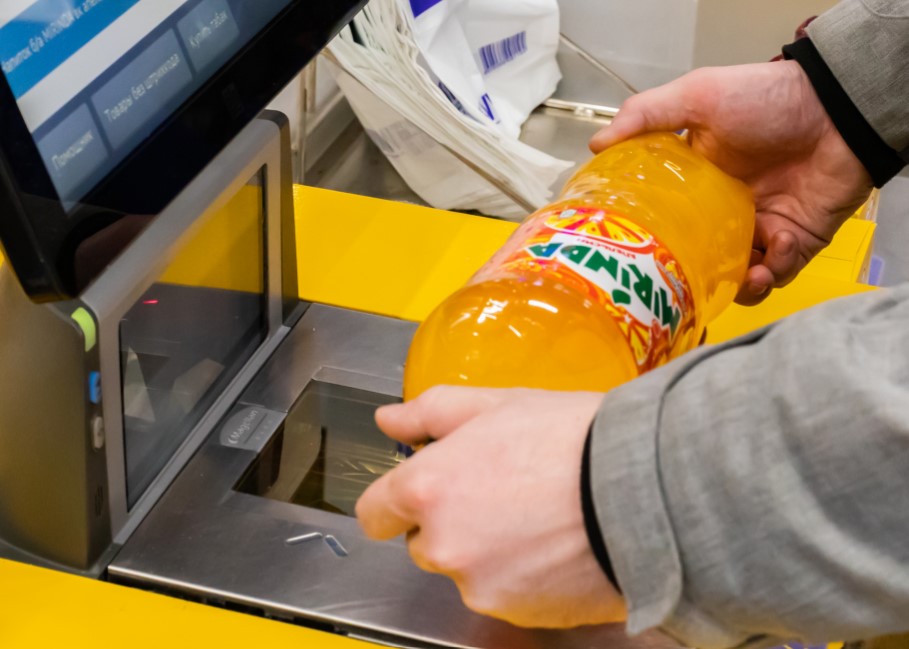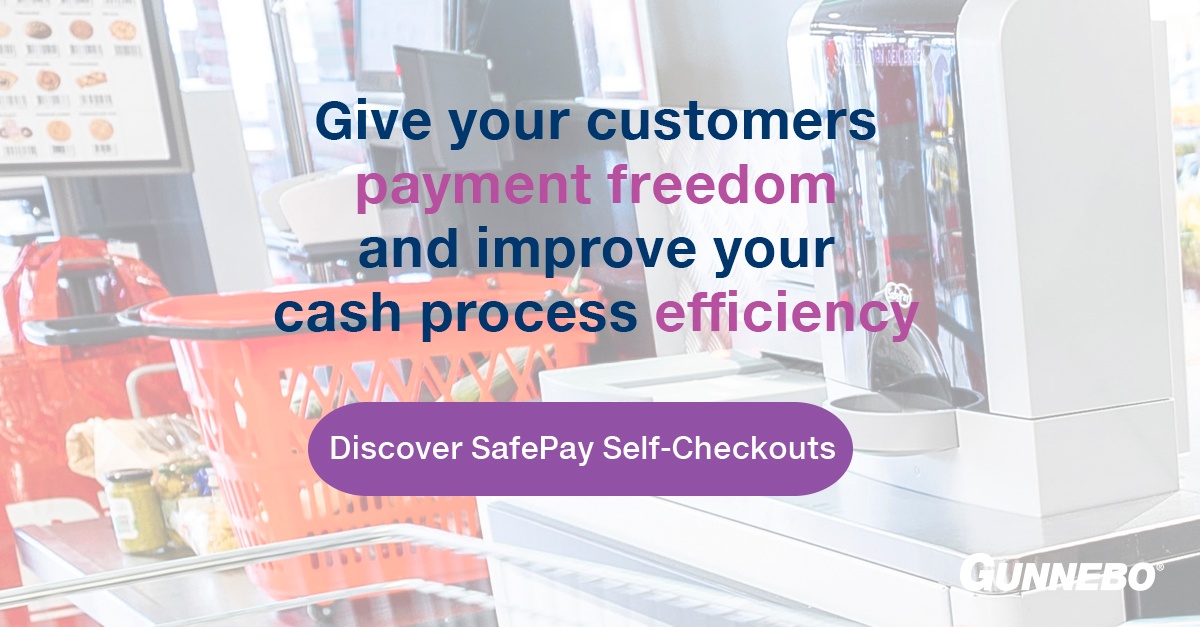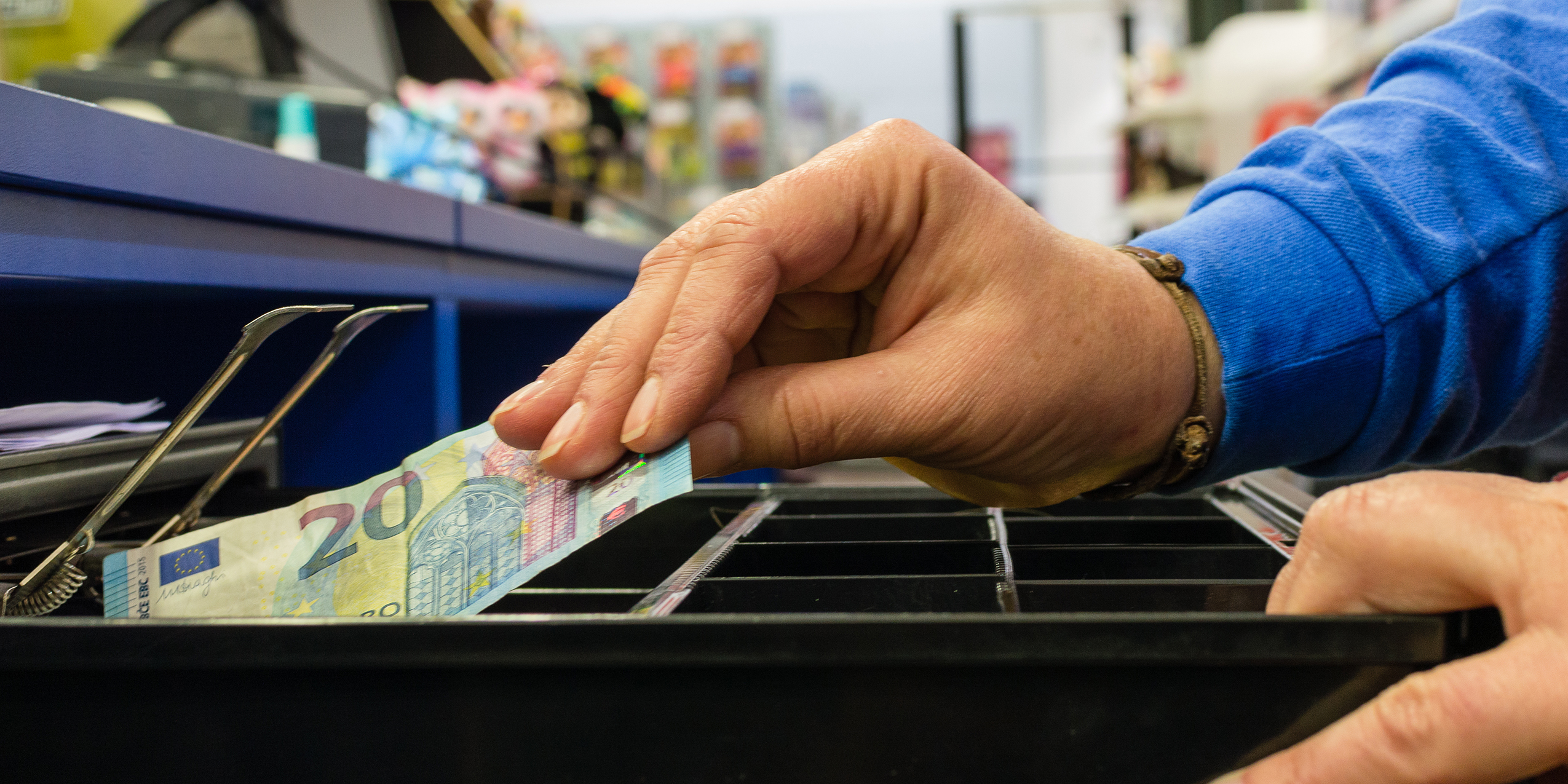How to Integrate Cash Payments at Supermarket Self-Checkouts

Providing choice, convenience and speed, self-checkouts have become an increasingly common sight in shops and supermarkets.
From an install base of 200,000 in 2013, an impressive 120,000 units were shipped during 2019 alone.
What is a Self-Checkout?
As the name suggests, self-checkouts are self-service stations in a shop where customers pay for their goods themselves.
This typically involves the customer scanning the barcodes of the items they have picked up in the shop, bagging them and then paying for them using cash or a card.

The Main Advantages of Self-Checkouts
Better Resource Allocation
Since customers perform the task of the cashier themselves, retailers benefit first and foremost from better resource allocation. Most supermarket self-checkouts are semi-attended with a single shop assistant covering six to eight checkout stations. As a result staff are freed up and can be assigned to other value-added activities.
Space-Saving
Self-checkouts have a much smaller footprint compared to a traditional manned till. So more checkouts can be installed in the same area or the space saved can be used for additional product displays and shelving.
Customer Satisfaction
Self-checkouts can be faster and more efficient, reducing the length of queues and waiting times. Queuing is often perceived as an unwelcome inconvenience by customers so shorter queues are a surefire route to more satisfied shoppers.
Hygiene Trends Driving Self-Checkouts
To limit the spread of COVID-19, retailers have also been looking to self-checkouts as an effective way of maintaining physical distance between shop assistants and customers.
This suits customers as well, allowing them to get in and out of the store as quickly as they can with as little contact as possible.

Photo by Anna Shvets from Pexels
How to Handle Cash Hygienically
Like any surface in a shop, from doors and handles to baskets and payment terminals, the same hand hygiene measures apply to cash.
Read more about cash handling hygiene
Automated cash management solutions significantly reduce or even eliminate staff interaction with cash, allowing retailers to handle cash more hygienically and with fewer touchpoints.
Here self-service closed cash management systems are the perfect solution. Customers make their own cash payments and any change is automatically returned with no interaction from shop staff required.
Integration of Self-Service Cash Payments
Closed cash management systems are flexible enough and small enough to be integrated into any type of self-checkout, kiosk, self-service payment station or scan and bag area.
This not only ensures cash handling hygiene, but also delivers a host of additional benefits, including reduced shrinkage, cash flow improvements and process efficiencies.
And it gives the many customers who prefer cash, the option to pay using notes and coins in parallel with other payment methods.



